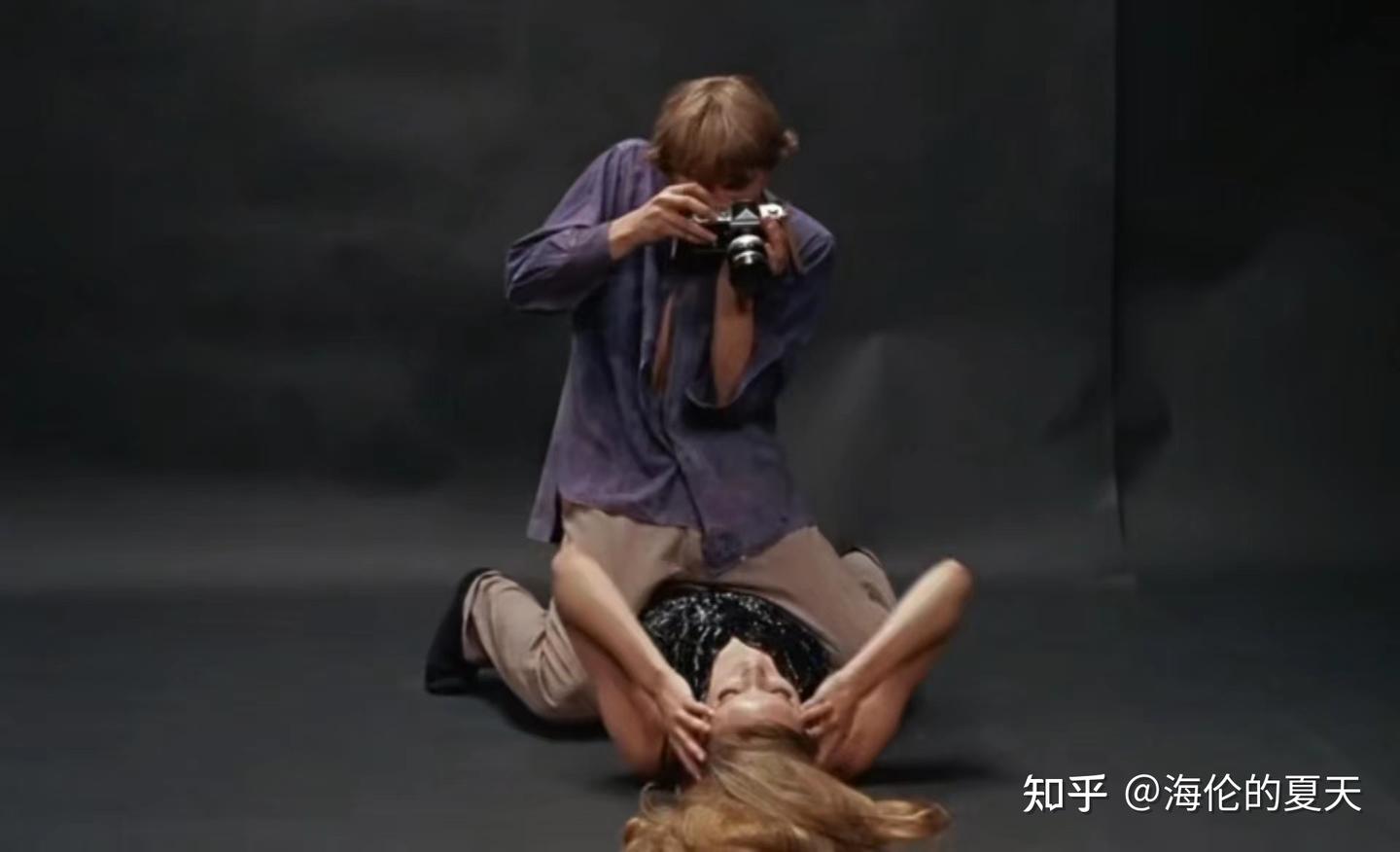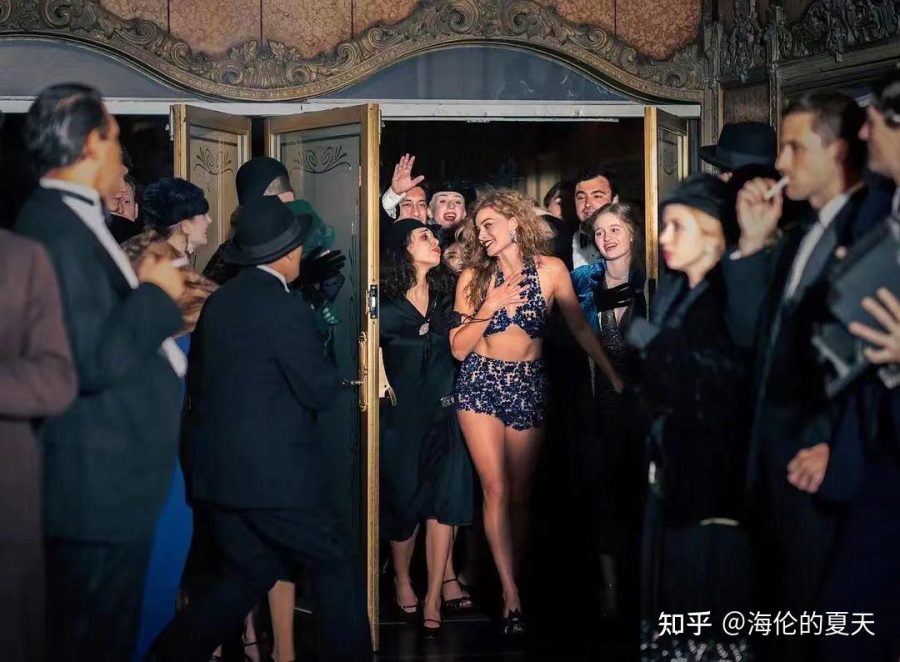
As a form of mass entertainment, films are not only an artistic expression, but also deeply influence the audience’s ideology. In the documentary Brainwashed Images: Sex, Camera, and Power, Nina Menkes reveals how the ‘male gaze’ in movies constructs gender differentiated power structures and triggers social issues by analyzing over 80 films and interviews with multiple professionals.
1. Visual language of male gaze
Male gaze was proposed by film theorist Laura Mulvey in 1975, referring to the objectification of women in films from a male perspective.

-Subject/Object: Women are often seen as objects of observation, ignoring their autonomy and feelings. Under the lens, women’s bodies are commodified to meet men’s viewing needs.
-Framing and camera movement: The camera often focuses on specific parts of the female body, or highlights sexiness through slow movement and slow motion, satisfying the audience’s ‘gaze pleasure’.
-Lighting: When shooting women, soft light is used to highlight their youthfulness and beauty, while men often use real three-dimensional light to show their mature charm. This aesthetic reinforces the implicit standard that women need to exchange beauty for recognition.
-Narrative position: visual language jointly establishes the identity of men as leading narrators, and makes women become supporting role in male stories.
These invisible rules, through the widespread dissemination of movies, subtly shape social cognition and influence women’s self-identity and expression of power.
2. Employment discrimination within the industry
The film industry, especially Hollywood, is fundamentally filled with gender inequality. In the early silent film era, there were many female directors, but with the emergence of sound films and the entry of Wall Street capital, male power dominated the industry.
Nowadays, 95 present of cinematographers in Hollywood film production are male. Even if female directors produce works, they still face obstacles from market demand and distribution restrictions. This gender inequality is rooted in industry power structures and limits the expression of women’s discourse power.
3. The Continuation of Sexual Assault Culture

In the male dominated film world, women not only face workplace discrimination, but also suffer from sexual harassment and assault. The ME TOO movement shows that 94% of Hollywood women have experienced harassment in their careers.
The common meaning of ‘no’ in movie plot is misunderstood as ‘yes’, and even sexual assault is glorified or rationalized, which promotes the occurrence of sexual assault in reality. This subtle influence makes it more difficult for women to speak up for themselves when facing violence.
The ‘male gaze’ is not limited to camera language, but is deeply embedded in industry power structures and social culture, and has a profound impact on gender equality. Although female filmmakers are trying to break free from these constraints, achieving true gender equality still requires a long effort. The road to women’s awakening and independence is long and arduous.
Reference:
Menkes, N. (2022) Stream Classic Cinema, indie film and top documentaries, Kanopy. Available at: https://www.kanopy.com/en/product/brainwashed-sex-camera-power?vp=pace (Accessed: 01 December 2024).
Jackson, L.M. (2023) The invention of ‘the male gaze’, The New Yorker. Available at: https://www.newyorker.com/books/second-read/the-invention-of-the-male-gaze (Accessed: 01 December 2024).
Elsesser, K. (2023) Women still underrepresented behind the camera of box office hits, New report shows, Forbes. Available at: https://www.forbes.com/sites/kimelsesser/2023/01/04/percent-of-women-behind-the-scenes-of-top-films-declined-in-2022-according-to-new-study/ (Accessed: 01 December 2024).
Dodd, V. (2024) Sexual harassment in the workplace, skillcast. Available at: https://www.skillcast.com/blog/sexual-harassment-workplace (Accessed: 01 December 2024).
Mills, S. (2018) The #MeToo movement and its impact on employment law, The WS Society. Available at: https://www.wssociety.co.uk/features/2018/8/28/the-metoo-movement-and-its-impact-on-employment-law (Accessed: 01 December 2024).


I really like the first part where you list all the ways in which women are objectified on camera, it makes it really easy for the reader to understand the perspective of the male gaze and how it functions through camera.
You stated that “95% of cinematographers are men”, do you have a source to back this claim up? There’s a source that states that in 2022, 8% of cinematographers were women, but I cannot find anything from 2024. If you use a statistic, make sure you add evidence to back up your claim! You also state about the common meaning of “no” in movie plot being “yes”, do you have any examples of movies to back this up as well? It’d really strengthen your argument!
Lastly, make sure you check for grammar and spelling, as you’ve made a grammar error or two – “present” instead of “percentage”. Other than this, your blog post is really well rounded! Well done.